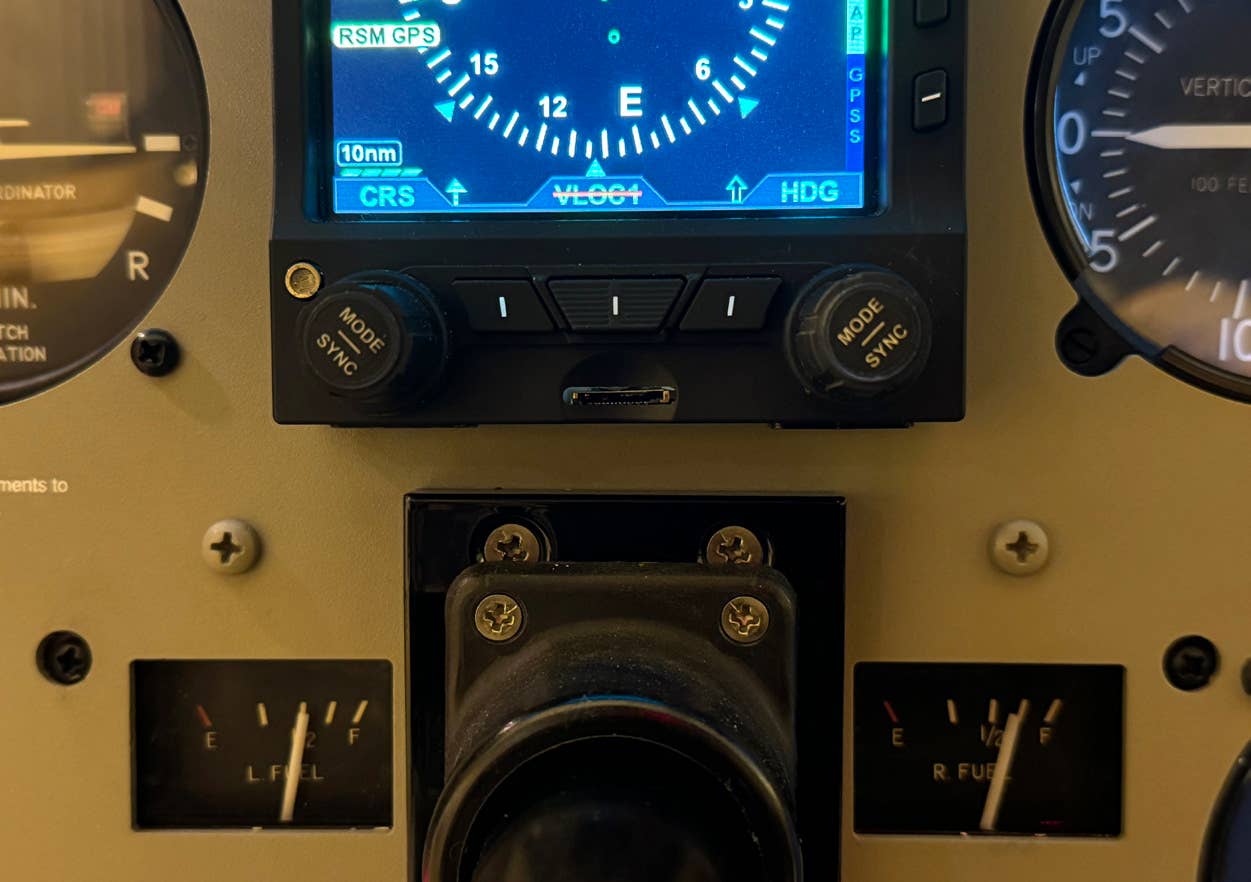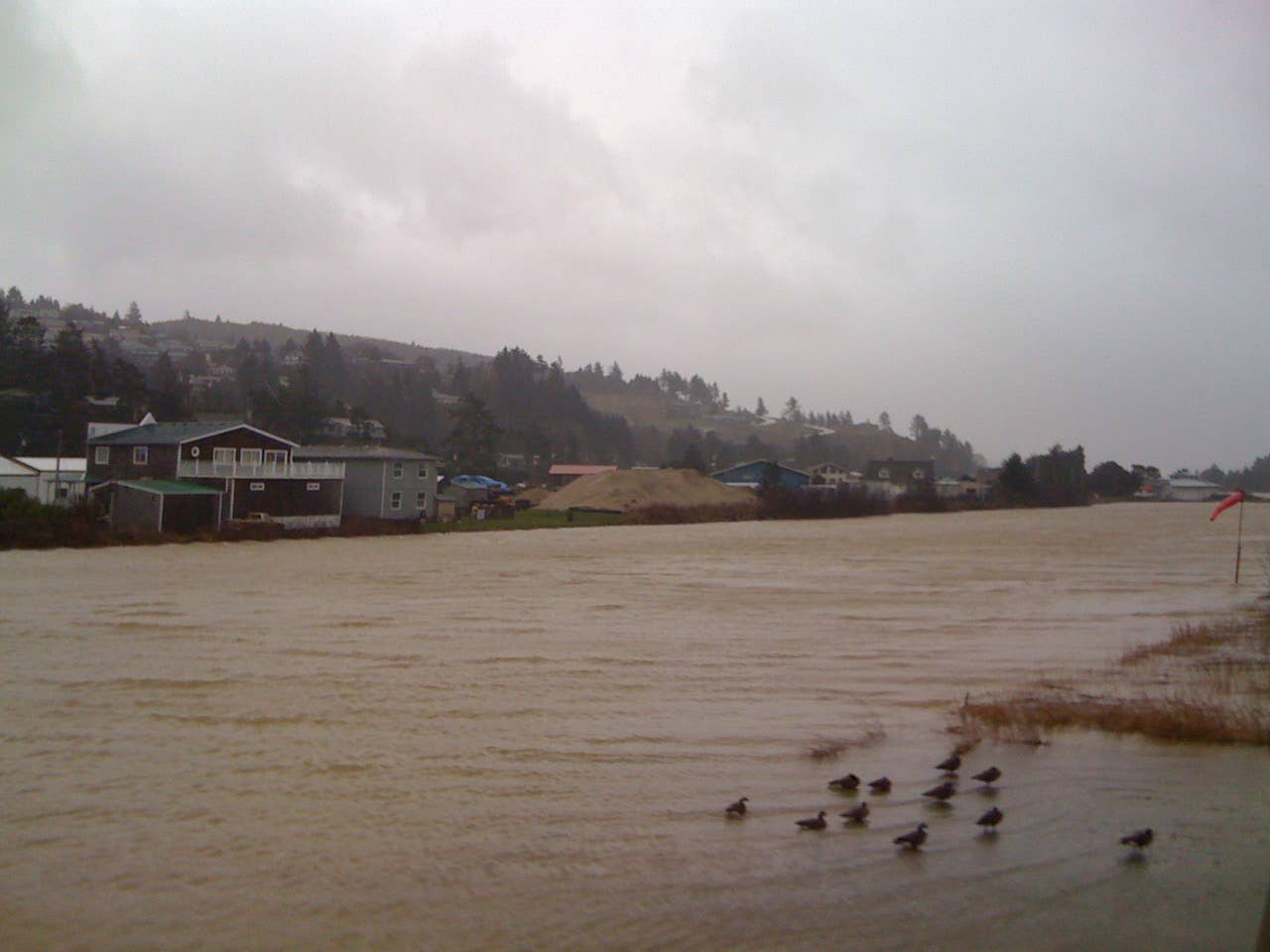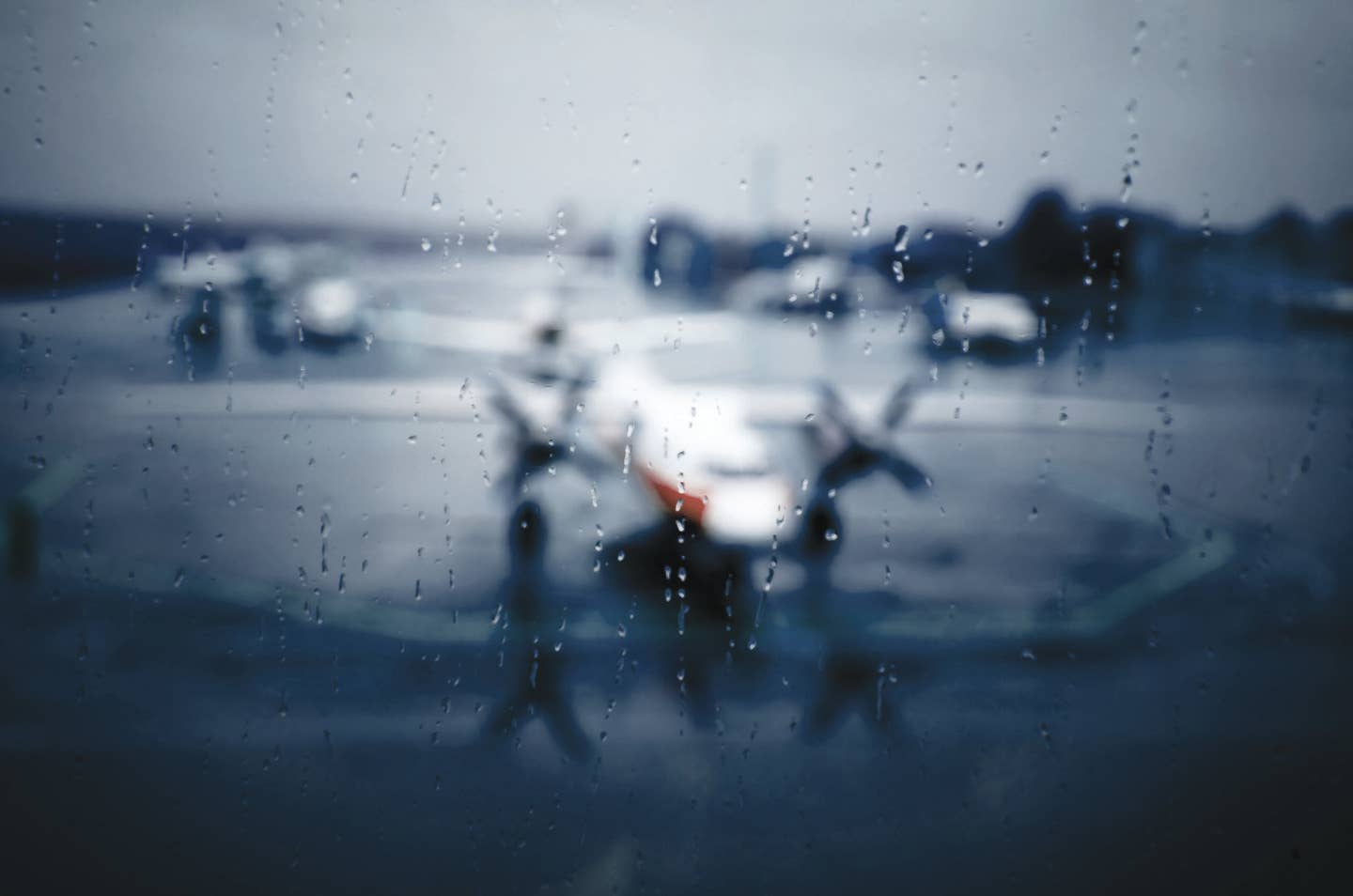
The safety level for professional flight operations goes up several notches with a two-pilot crew. I don't think that's just because the workload is so great that two are needed. But rather, I believe the second person in the pointy end serves as a second pair of eyes -- not just to watch for traffic, but to help observe forgotten 'gotcha' items in the normal procedures.
If you fly single pilot, you don't have that backup. But you can gear your thinking to be the next best thing. As part of their procedures, many single pilots use some of the same callouts that would normally be sung out by a copilot. For example, as the airplane approaches a target altitude, the copilot will call out "1,000 to go," "500 to go," etc. On approach, the copilot will call out the same altitude warnings for minimums. Single-pilot operators are often urged to make their own callouts to themselves.
Why not take this a step further?
Think of yourself as two pilots in one. In addition to your usual role as pilot in command and supreme master of the airways, consider adding a second voice inside your head that is there to offer a second opinion -- or just to keep an eye on the boss. "Captain, are you sure you've completed the climb-out checklist?" Or, "Sir, what do you think the troops around the airport office would say if we crashed on the second try on this non-precision approach?"
Modern crew coordination technique encourages the three-striper in the right seat to speak up with opinions and judgment calls. And it works a lot better than the old days of the captain saying, "Gear up; and shut up." That advance in flight safety can benefit us single-pilot operators if we assign at least part of our thinking to performing copilot duties.

Sign-up for newsletters & special offers!
Get the latest FLYING stories & special offers delivered directly to your inbox






